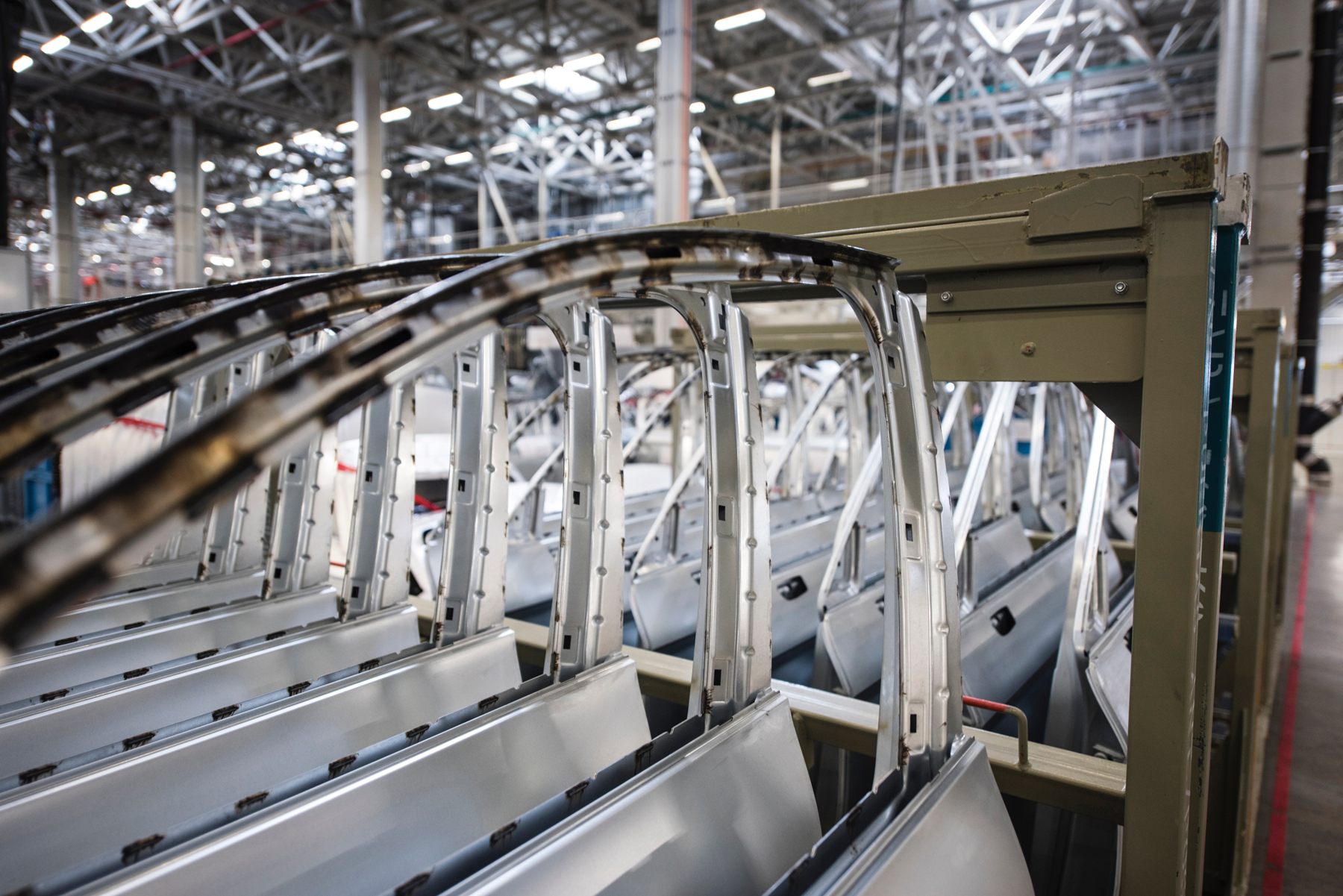The incredible convenience of the modern supply chain system cannot be understated. Almost all domestic electronics — save for flagship smartphones — have dramatically dropped in price and availability. Television repairpeople are extinct, while other maintenance-focused professions like cobblers and tailors are increasingly pushed into a niche luxury service.
The gradual decline and eventual disappearance of cottage industries is sad, but by no means an unheard-of phenomenon; the apparent advantages of an abundance of cheap goods more than make up for their loss. The real problem with the 21st-century throwaway economy is in its hidden cost: how it damages not only our environment, but also compromises our wallets.
The trend of disposable consumer goods came about with the gradual development of the concept of “planned obsolescence” in the 1920s. The origins of this strategy as a popular idea can be blamed on then General Motors head Alfred P. Sloan, who came up with a strategy of releasing annual design changes to their cars to convince consumers that they needed a new model every year.
The idea wasn’t wholly original — it borrowed from common practices of the bicycle industry — but his barefaced promotion of the idea was bold enough to earn him critical ire among other industry leaders, most tellingly Henry Ford. The phrase “planned obsolescence” was created and codified by Bernard London’s “Ending the Depression Through Planned Obsolescence” and later entered the popular lexicon in 1954 after American industrial designer Brook Stevens began widely promoting the practice.
Planned obsolescence can be accomplished in a couple of different ways: through the constant development and releasing of minutely updated models of a product, or, more infamously, the intentional sabotage of a product’s long-term quality.
In his seminal expose “The Waste Makers,” culture critic Vance Packard summed up the difference in these approaches as either the “obsolescence of desirability” or the “obsolescence of function.” Packard puts forward the argument that it is the former of these two strategies that is the most insidious, as the creation of a psychological obsolescence wears out a product in people’s minds and creates a consumer base that values the novelty of what they could own over the connection to what they do own, regardless of quality or functionality.
There is also a third way for companies to achieve planned obsolescence without sacrificing build quality or investing in regular product releases; it is limiting the ability for consumers to modify and repair their products. Product quality as we define it today has not always been about delivering a robust product, but also described how easy a product was to maintain by the owner.
Engines, ready-built computers, phones, televisions and other domestic goods have gradually lost the convenience features meant to make them easily accessible to their owners. These changes are especially obvious in smartphones, which have gradually transitioned from having replaceable batteries, memory cards and headphone jacks as standard features into becoming sealed, entirely self-contained devices meant to remain untinkered.
Apple is infamous in this regard and has been tirelessly innovative in making their products arbitrarily exclusive to most hardware and tools. Beyond their unique lightning charging port that goes against the global USB standard, Apple also introduced proprietary “Pentalobe Security Screws” on their products that required specialty built tools to manipulate.
The end goal of these measures is to make the cost and time required to fix devices exceed the cost and effort of purchasing new devices. Consumer Reports released a comprehensive study on the phenomena of product disposability and found that although many products are not breaking down more often or in worse ways, consumers are far less likely to repair their own goods than in decades prior, despite having easy access to more online resources than ever.
The impact of planned obsolescence on the individual wallet is obscured by the artificial drop in price of overall goods. To produce and develop many cheap goods fast, companies move production outside of the local economies into foreign low-wage countries. Not only does outsourcing take away vital middle-income jobs, but it also worsens conditions and exploitation in other countries, and the stifling of their own local industries.
This results in a global race to the bottom, where local economies are forced to compete with low-wage countries in price to stay profitable. This results in lower wages and poorer manufacturing quality across the board. Goods may be cheaper, but people will be earning less overall and encouraged to make constant replacements of their products that greatly exceed the original high-cost investment of quality goods.
The greatest victim of planned obsolescence and the throwaway economy is the environment. Beyond the famous plastic rivers and islands that have become synonymous with waste, it is the toxic material caused by throwaway technology — called e-waste — that is cause for most concern.
Unlike plastic, which is inert and a harmful pollutant only by its sheer volume, e-waste is made up of precious metals, acids and other toxic materials that actively damage organic material. Despite recycling efforts, an estimated 140 million cell phones — lithium batteries and all — are thrown into U.S. landfills annually. In 2012, only 29% of e-waste was recycled.
Along with the obvious damage that this waste generates, the discardable nature inherent in planned obsolescence artificially drives the need for material acquisition. Lithium mining has exploded in production since the introduction of cheap battery powered technology, with lithium production increasing from 20,000 tons in 2000 to 80,000 tons in 2020. This figure is estimated to triple by 2025. The consequences of mass lithium production are devastating, as the alkali metal is highly toxic and the methods used in its extraction poison local water supplies.
The net negatives of planned obsolescence greatly outweigh the positive of stable consumer demand. It is not a manageable long-term strategy, and as major manufacturing hubs like China and Indonesia see their own cost of living increase, global industry might see itself left without easily exploitable labor. Sooner or later, and painfully or not, the global economy will have to face the fallout of this crutch strategy, and we may all need to learn again what it is like to make do.

















